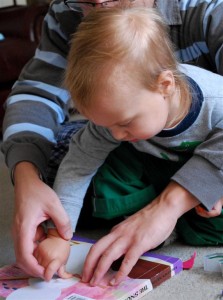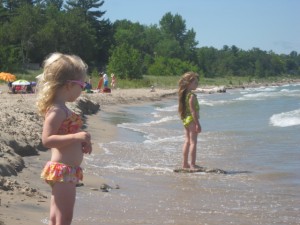Online children toys are currently accessible in a lot of magnificent decisions for all ages
With regards to looking for toys, as an observing guardian, you will absolutely consider a wide range of elements, for example, age fittingness, wellbeing, nature of development and even the brand name. For a parent, for example, you, online children toy shopping has all the appropriate responses! There is a lot of decision, accessibility of brand names and the accommodation of home conveyance.
How to visit an online toy store?
You essentially sign onto the Internet with your PC, whenever of your accommodation and from anyplace and you are in an online toy store! How advantageous is that! You don’t need to stroll down unlimited passageways and be annoyed by apparently supportive salesmen. You can pick what you need to see, think about costs, read client surveys and get the correct sort of item for your valuable one.
Shopping on the web
Their are plenty of the sites available on the internet for shopping, but one always prefer to click on the most popular site https://onlineshopping.help/walmart-online-shopping/.
Toys for kids turns out to be simple since you have a lot of decisions. Things being what they are, how might you want to do your shopping? Basically get the principal item that you see or search for explicit classifications, for example, the accompanying?
• Crafts units
• Early advancement toys
• Fun toys
• Playsets and pretend
• Puzzles
• Building squares and sorters
• Traditional games sets
• Learning and action toys
• Dolls and various extras for the equivalent
• Remote controlled toys and numerous others.
On the off chance that you have a specific item or a toy as a primary concern, you just need to glance through the various classifications that will be accessible on the site of driving retailers and get the item that is the correct one for your kid’s sexual orientation and age.
Building a list of things to get
Making and conceding wishes isn’t constrained to the fantasy world alone! You can likewise do it when you decide to go web-based looking for kids’ toys. This is conceivable when you visit the site of an online retailer who permits you the alternative of adding a specific item to your list of things to get.
Basically manufacture a list of things to get on the web and you will be advised of the accessibility of arrangements and limits on your preferred items. In this way, on the off chance that you are searching for a house model creation unit yet don’t have the spending limit for the equivalent, essentially add it to your list of things to get that you have made on the site. You would then be able to screen this rundown and get your preferred items at a later purpose of time too.
Limits on all the enjoyment stuff
At the point when you go out on the town to shop online for toys for kids, you can likewise have some good times at the same time. One of the manners by which this is conceivable is to search for the arrangements and limits that online retailers offer from time to time. For example, you could get offers on explicit brands, blend of explicit items, etc.
There is positively no denying the way that looking for kids’ items, particularly to decide to do it on the Internet, should be possible rapidly and all the more significantly, advantageously. You can basically sign onto the Internet whenever you pick, from the solace of your home and request the items. Online retailers have different installment choices too. When you have completed your shopping exchanges, you essentially need to trust that the transfer will get conveyed to your residence. All of which basically implies that your purchasing choices are very much educated and taken in light of a legitimate concern for your youngster.

 Let’s be honest: toddlers and young preschoolers can wear on even the most patient person’s nerves. From the constant questions (“why?” “wat dat?” “where mama go?”) to the wild mood swings and outbursts,
Let’s be honest: toddlers and young preschoolers can wear on even the most patient person’s nerves. From the constant questions (“why?” “wat dat?” “where mama go?”) to the wild mood swings and outbursts,  important they are to you. Give them affection without limit, without reservations, and without excuse. Pay as much attention to them as you can, regardless of mood or circumstance. Let them know you’re delighted to be with them, that you care about them no matter what happens. This basic posture is completely different from praise, which is doled out as a response to something a child does.
important they are to you. Give them affection without limit, without reservations, and without excuse. Pay as much attention to them as you can, regardless of mood or circumstance. Let them know you’re delighted to be with them, that you care about them no matter what happens. This basic posture is completely different from praise, which is doled out as a response to something a child does.

